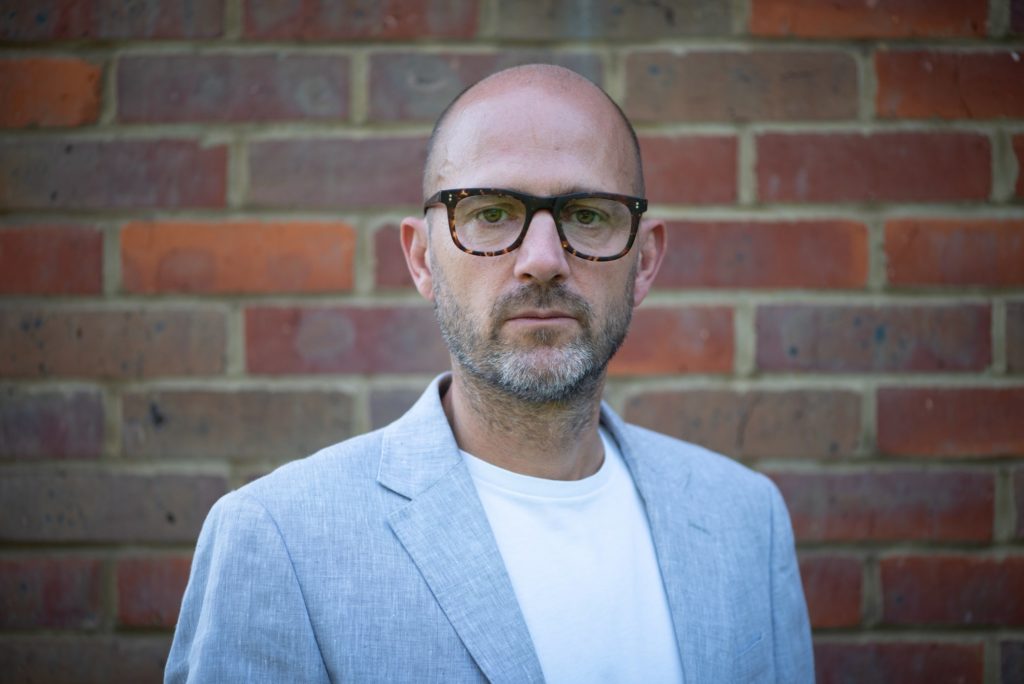Marco Bertozzi, most recently Vice President, EMEA and Multi-Market Global Sales at Spotify is a true digital veteran and NDA’s new regular columnist. He started his career at Zenith Optimedia, went on to have leadership roles at companies including Vivaki and Starcom and has long been an influential, some might say legendary, industry figure.
This latest Google news has really got the advertising community talking. There are a plethora of articles that paint a very dark picture of where the death of third-party cookies on the Google landscape will take us. There is a lot of money at stake and it’s serious topic for many, but for now, I want to reminisce a little.
I started working in digital in 2000. I worked alongside some wonderful people Martin Kelly, Andy Cocker, Damian Burns, Damian Blackden, many have gone on to amazing careers in advertising. We worked for Zenith Interactive Solutions (you can tell its old with Interactive in the title).
If you worked in digital back then you will know that actually the digital landscape was very close to print advertising. We used to pull together schedules based on target audiences that would reflect what we thought the audience would enjoy. If you wanted to reach a 35+ ABC1 man then roll out the golf websites, automotive websites, maybe some finance one and we tried to squeeze in gardening as it was also one of our clients (Greenfingers.com).
Our KPIs were clicks and click throughs, the schedules ran into double pages, sometimes 40/50 lines deep. At the start there was no third-party tracking. We did not have audience segments, retargeting was rare, even the scourge of the internet, ad networks had not taken off.
For the younger readers there was also no Google, YouTube, Facebook, Snap, Twitter, or TikTok and algorithms were still a NASA-based concept. No, back then we did one very simple thing, we worked out what our target audiences liked and consumed and we put ads in front of them. When we wanted scale we had a Yahoo home page takeover, that was as crazy as it got!
Trouble was, print was not cool, and there were so many sites that we found it all a little inefficient and so we started down the road of tracking, adserving and ad networks to make things a little easier. The rest as they say is history, digital advertising was born and we have been on a 20-year journey of excitement about data and adtech to get us to become the dominant advertising channel and deliver a brave new world.
Or have we?
When you look back, when you really ask yourself now whether things were better or worse, it is hard to say. Yes, that sounds like some old bloke reminiscing and I am, perhaps stretching things, but is everyone happy with what we have?
Can we all hand on heart say that the terrible targeting around the web, the uncomfortable arrival in your feeds of things you had spoken about days before, the repetitive ads for the same product for weeks, one perhaps you had already bought, can we really say things are better?
Still today you are hard pushed to find loads of data proving that audience segments really outperform their cost, indeed the most common discussion is that data segments don’t pay back for performance. I think there is a reason for that, they are just not that good. They are built out of shonky data with little transparency and the tough situation we face now is that a few giant companies have the good data, they are the biggest and they dominate.
But maybe we were on to something back in the day. When Damian Burns walked in each morning with his massive coffee, when Simon Halstead took a bite into his bacon sandwich and Andy Cocker took out his calculator to negotiate his next deal, we all had one goal.
How to reach audiences so that advertisers could place ads in front of them based on context and content.
We wanted to show products and services to the right people and publishers were where we went. Even the portals were all about channels – Auto, Finance etc.
Perhaps we have an opportunity to reset and start to think about how we support publishers and quality content and start to spend where audiences are because they are properly engaging with content, not because they just liked their cousin’s photo.
Advertisers need to prioritise quality over quantity so let’s use the death of the cookie as a chance to return to a simpler mission, one less driven by adtech making money and more for publishers to make money.









